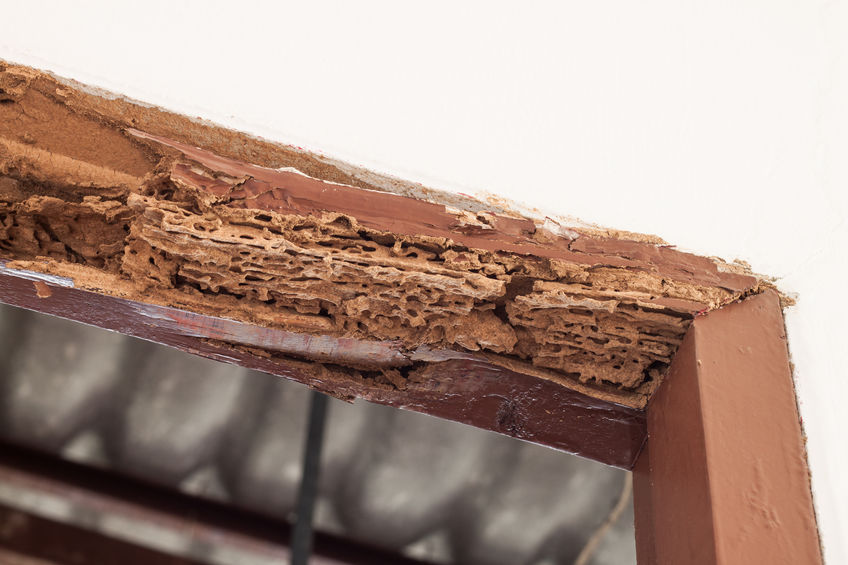Thousands of termite species have been documented, but all of these species can be narrowed down to three different types of termites known as subterranean, drywood and dampwood termites. In the US, dampwood and drywood termites can only be found in the southern states, but subterranean termites can be found throughout the country. Subterranean termites are by far the most economically significant of the three groups, as they are responsible for more than 80 percent of all annual termite-related property damage in the US.
The most damaging termite pest in the US is commonly known as the eastern subterranean termite, and this is the only termite species that infests homes in Massachusetts. Because of this species’ presence in Massachusetts, termite pest activity in the state is deemed “moderate to heavy,” which justifies the use of termite-prevention tactics on properties. Baiting systems and termiticide perimeter barriers are the two most common methods of preventing subterranean termites from accessing structural wood in homes.
Colonies of drywood and dampwood termites are contained entirely within single wood items located above ground, such as logs, dead trees and fallen branches. These termites initiate infestations as winged swarmers, and they are often found infesting structural wood in attics and exterior siding. Subterranean termites, on the other hand, dwell below the ground where workers leave the nest to forage. Occasionally, workers stumble upon a home’s foundation where they build airtight mud tubes to access above ground substructural wood around foundations and within crawl spaces.
Unfortunately, some of the most essential and important structural wood components are located at the base of a home’s timber frame where they can be easily accessed by workers. Sill plates, girders and joists are extremely difficult and costly to replace, and they often sustain damage by subterranean termite workers. In order to protect sills, girders and joist from termite damage, chemical treatments can be applied to these and other substructural wood components.
Are the substructural wood components in your home treated to resist termite attack?

